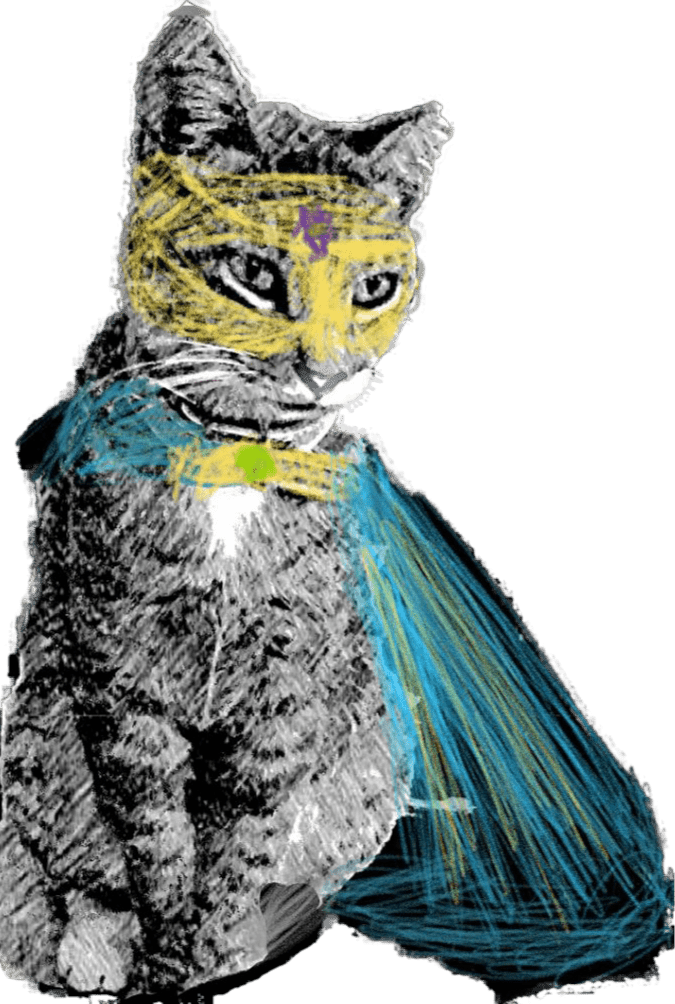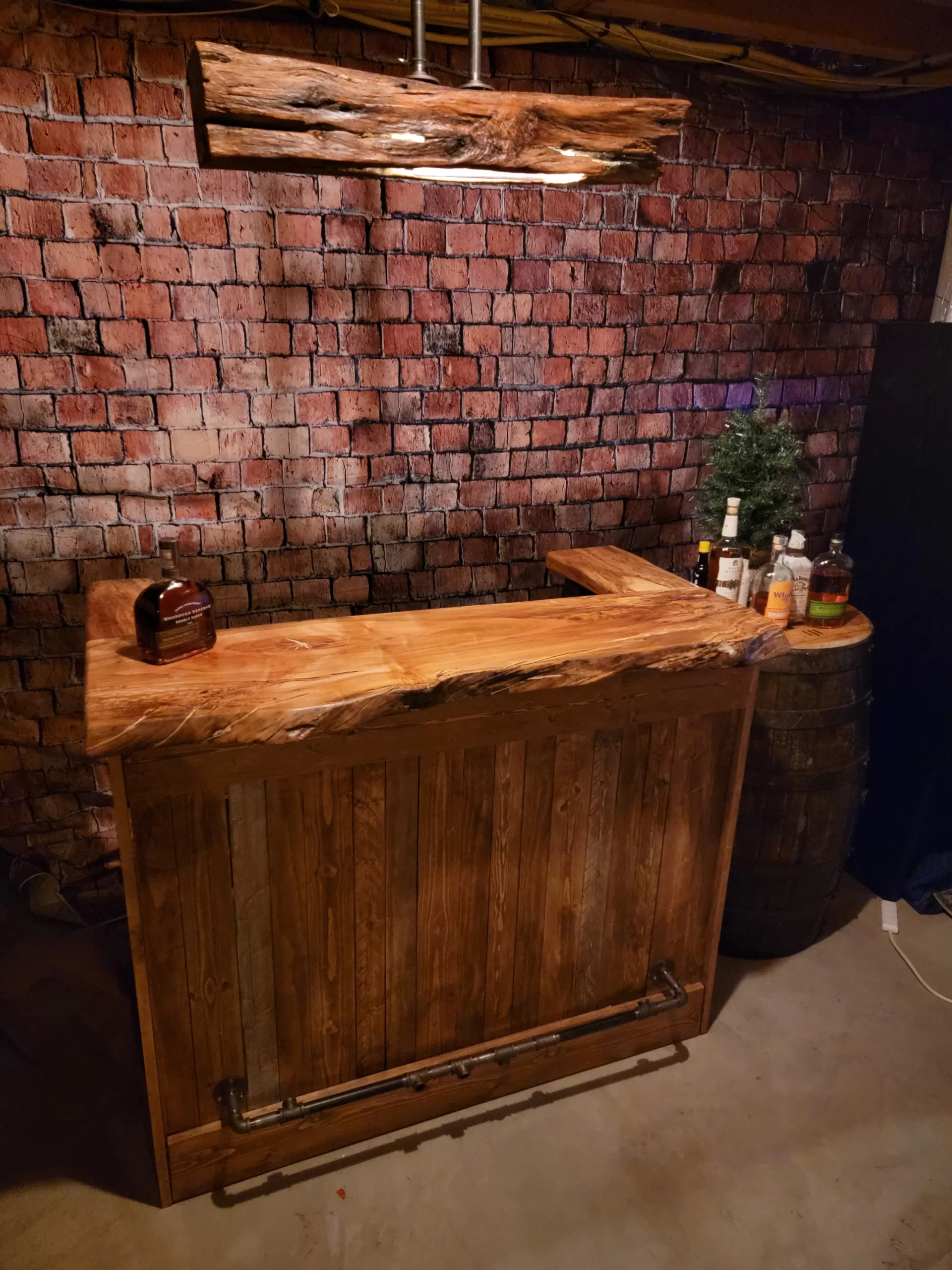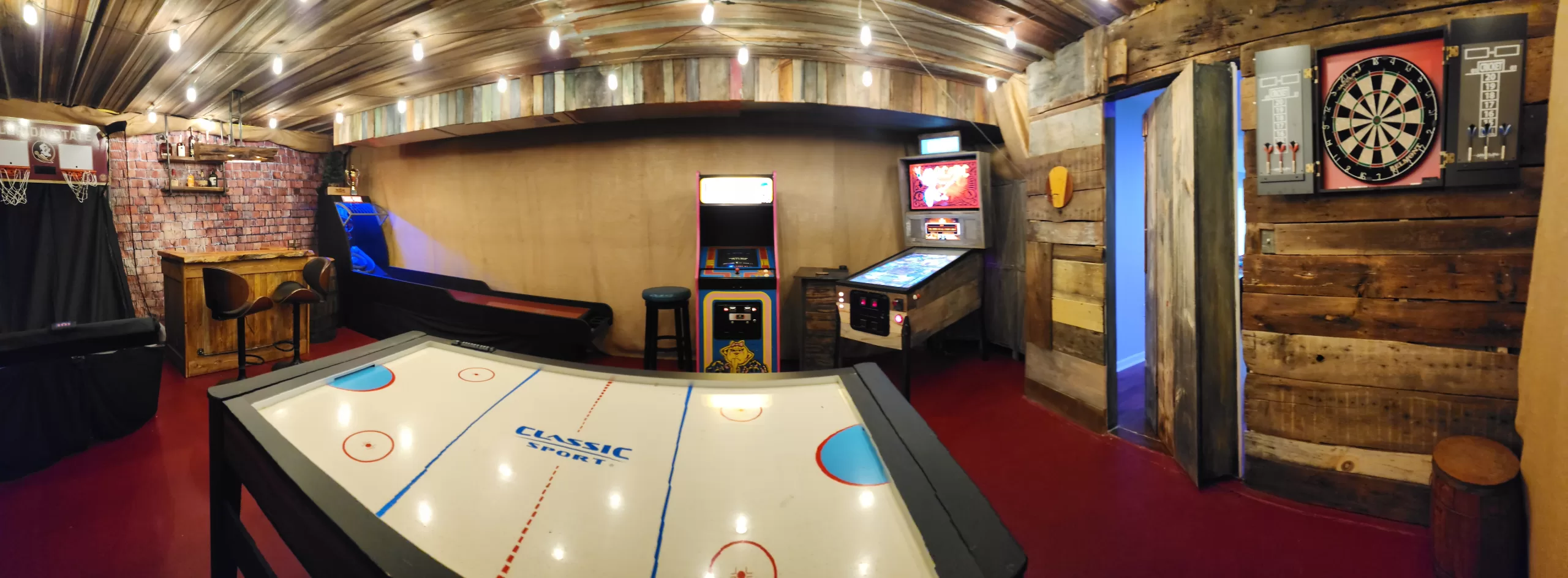???? Unveil the screwdriver’s secrets: history, types, uses & trivia! Master the indispensable, versatile hand tool for every toolbox! ????
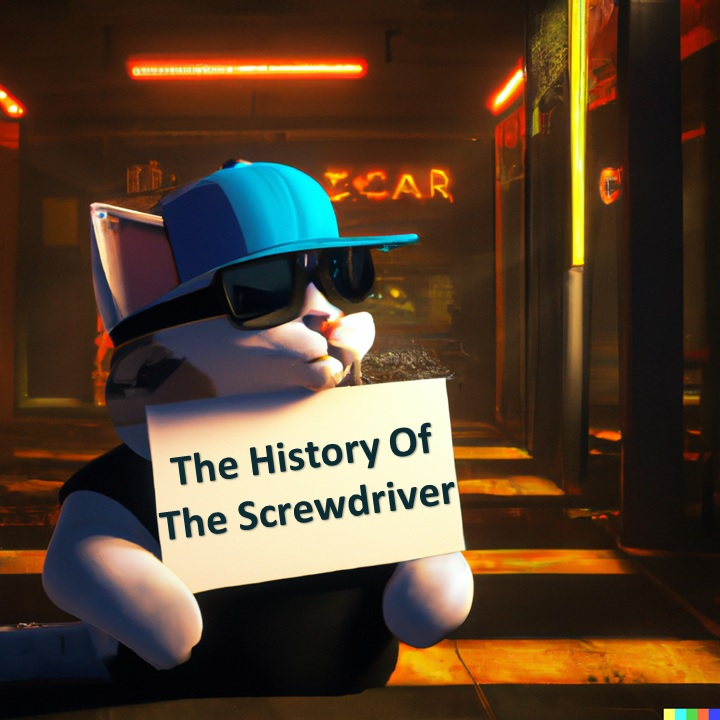
The Quintessential Screwdriver: Unraveling the Secrets of a Toolbox Staple ????️
Introduction
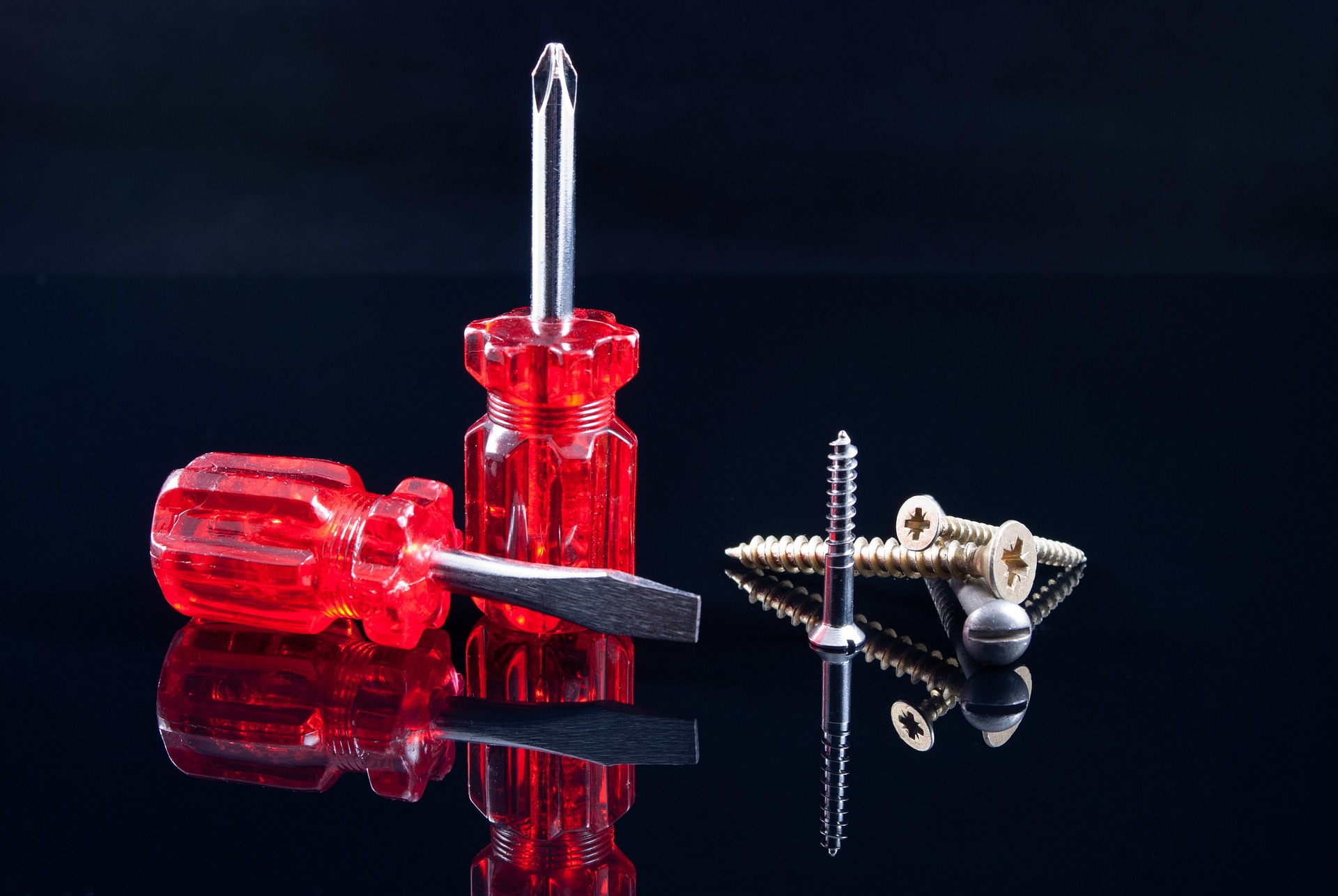
The humble screwdriver reigns as an essential hand tool for both professionals and DIYers. Boasting a simple design and diverse applications, the screwdriver is vital for driving or removing screws. In this article, we’ll delve into the screwdriver’s history, types, uses, and keywords, along with fascinating historical tidbits.
The Quintessential Screwdriver: Unraveling the Secrets of a Toolbox Staple ????️
History of the Screwdriver
The screwdriver’s origins can be traced back to the late Middle Ages, around the 15th century, when screws first appeared in European woodworking and metalworking. The initial screws were made from wood and primarily used in the production of wine and olive oil presses, where they applied pressure to extract liquids. The screwdriver was developed as a simple tool to drive and remove these screws, and its design has since evolved to accommodate various screw designs and applications.
One of the first documented uses of the screwdriver dates back to the 16th century, where it was used by armorers to assemble and disassemble suits of armor. The first flathead screwdrivers, or “turnscrews” as they were called, were made with wooden handles and flat blades made of steel, which were inserted into the flat, linear groove of the screws.
In the 18th century, the Industrial Revolution led to significant advancements in metalworking and manufacturing techniques, enabling the mass production of screws and screwdrivers. As screws became more prevalent, the need for screwdrivers grew, and various types of screwdrivers emerged to accommodate the different screw designs.
One of the most significant innovations in screwdriver history came in the 1930s when Henry F. Phillips invented the Phillips screwdriver. This new design featured a cross-shaped blade, which allowed for better torque and reduced the chances of the screwdriver slipping out of the screw head. Phillips’ invention quickly gained popularity, particularly in the automotive industry, where the new design proved useful for mass production on assembly lines.
Over time, other types of screwdrivers were developed, such as the Torx screwdriver, invented by Camcar Textron in the 1960s, which featured a star-shaped blade for better torque and to prevent tampering. Allen (Hex) screwdrivers were introduced by William G. Allen in 1910, designed for hexagonal socket head screws or Allen screws.
Today, we have a wide variety of screwdrivers, including manual, electric, and even cordless models, designed to cater to the needs of various industries and applications. From woodworking and electronics to automotive and construction, the screwdriver remains a critical tool in countless trades and projects.
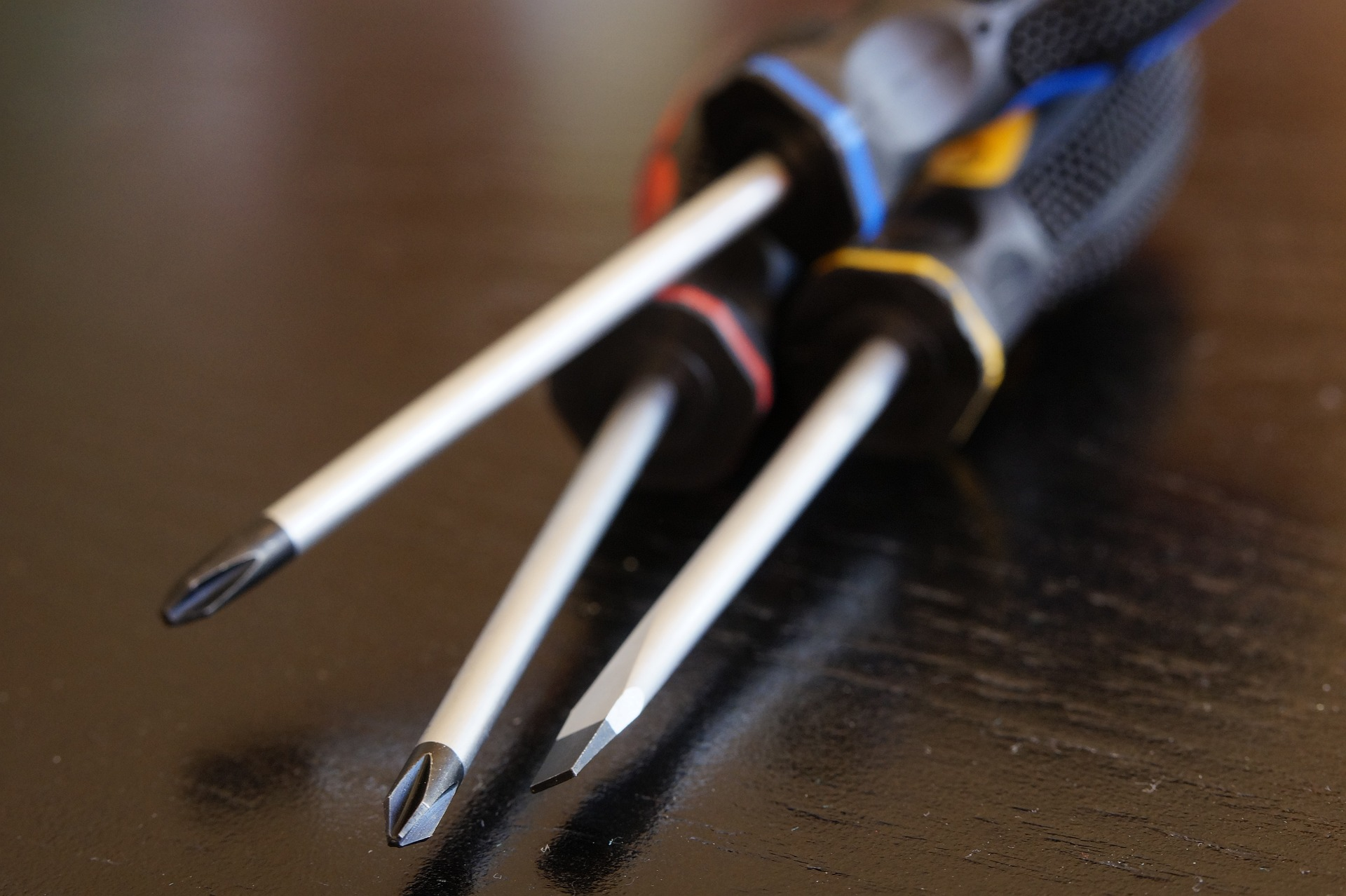
The Quintessential Screwdriver: Unraveling the Secrets of a Toolbox Staple ????️
Popular Screwdriver Terminology
- Driver: Another name for a screwdriver, e.g., flathead driver or Phillips driver.
- Blade: The metal part fitting into the screw head.
- Handle: The user’s grip, usually plastic or rubber for comfort and security.
- Torque: The rotational force applied while turning a screw.
The Quintessential Screwdriver: Unraveling the Secrets of a Toolbox Staple ????️
Screwdriver: Applications Galore
- Assembly: Driving screws for furniture, appliances, and more.
- Maintenance & Repair: Removing and reinserting screws for various tasks.
- Construction: Securing materials during projects like woodworking and drywall.
- DIY Projects: Hanging shelves, assembling flat-pack furniture, or installing fixtures.
I consider my butter knife a go to flathead screwdriver in a pinch :).
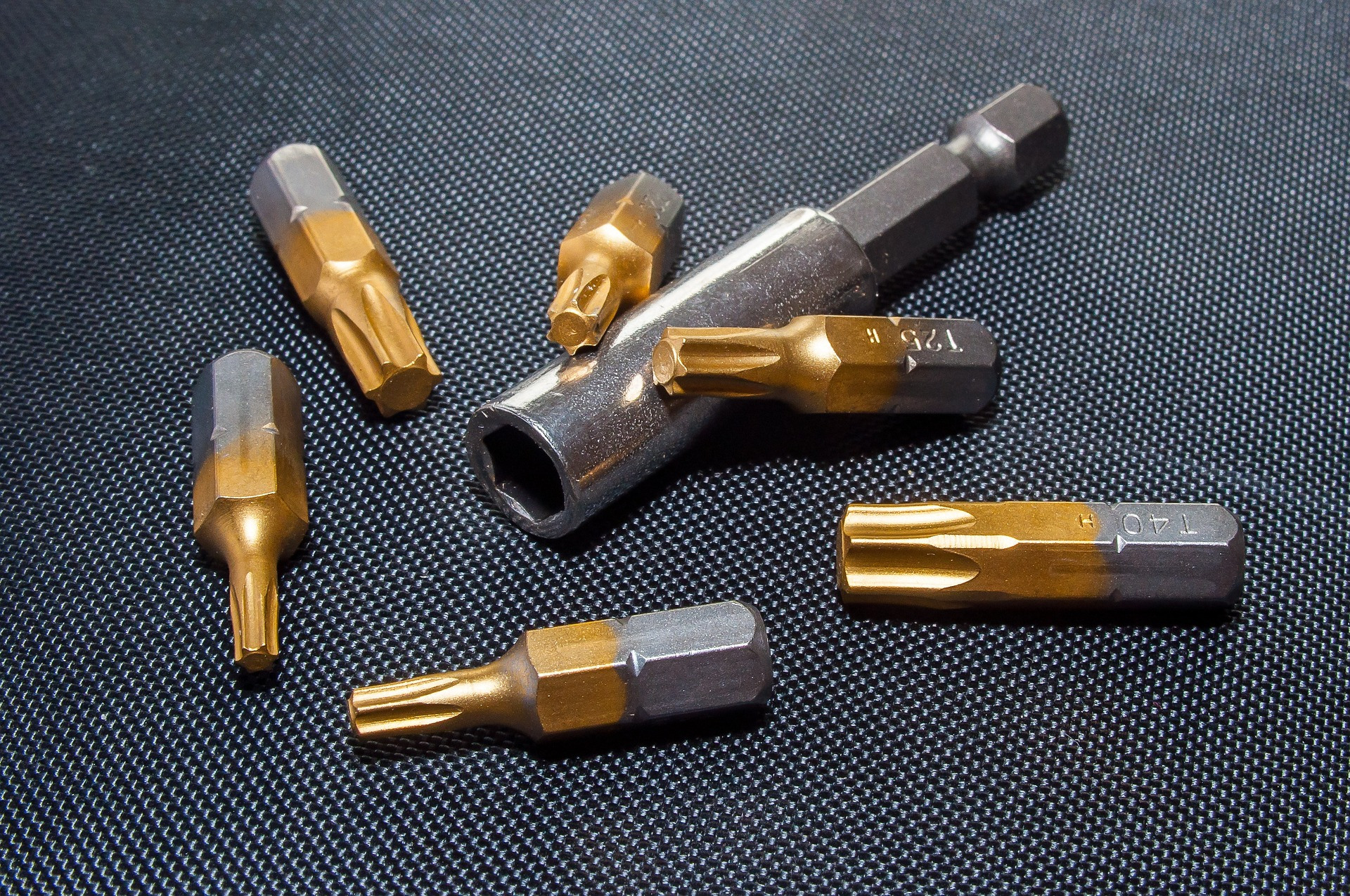
The Quintessential Screwdriver: Unraveling the Secrets of a Toolbox Staple ????️
Conclusion
The screwdriver’s straightforward design and broad range of uses make it a must-have for professionals and DIY enthusiasts alike. With numerous types and sizes, the screwdriver remains a fundamental, versatile tool for every toolbox. Unfortunately, there are no direct historical ties between cats and screwdrivers. However, as you may know – cats love trying to screw things in. Rocco loves to stick his paw in a pocket hole.
This budget friendly screwdriver set will cost less than a pair of coffees at starbucks, better yet it will last a heck of a lot longer: Check Price Here
Screwdriver FAQ
1. Question: What is a screwdriver used for?
Answer: A screwdriver is a fundamental hand tool used for driving screws into materials or removing them. It is commonly used in assembly, maintenance and repair, construction, and various DIY projects.
2. Question: What are the different types of screwdrivers?
Answer: The most common types of screwdrivers are flathead, Phillips, Torx, and Allen (hex) screwdrivers. Each type is designed to fit specific screw head shapes and sizes.
3. Question: How do I choose the right screwdriver for my task?
Answer: To choose the right screwdriver, match the type and size of the screwdriver blade to the screw head you are working with. Using the correct screwdriver will ensure a proper fit and prevent damage to the screw or the tool.
4. Question: Can I use a screwdriver for prying or as a lever?
Answer: Using a screwdriver for prying or as a lever can damage the tool and may result in injury. It is recommended to use a dedicated pry bar or lever tool for such tasks. That being said, I have yet to meet a DIY’er who hasn’t done this. Just be careful!
5. Question: Are there any versatile or multi-bit screwdrivers available?
Answer: Yes, multi-bit or interchangeable screwdrivers are available, allowing users to switch between various types and sizes of screwdriver blades. These tools can be convenient for those who need to work with multiple screw types and sizes.
6. Question: How can I maintain and care for my screwdrivers?
Answer: To maintain and care for your screwdrivers, clean the blades and handles regularly with a soft cloth or brush to remove dirt and debris. Store them in a dry, cool place to prevent rust and damage. Check the blades for wear and replace them if necessary.
7. Question: What are the most common screwdriver bit sizes and types?
Answer:
- Flat/Slotted
- Standard: 1/16, 3/32, 1/8, 5/32, 3/16, 1/4, 5/16, 3/8 inch
- Metric: 1.5, 2, 2.5, 3, 4, 5, 6, 8 mm
- Phillips
- Standard: #0000, #000, #00, #0, #1, #2, #3, #4
- Metric: PH0000, PH000, PH00, PH0, PH1, PH2, PH3, PH4
- Pozidriv
- Standard: #0, #1, #2, #3, #4
- Metric: PZ0, PZ1, PZ2, PZ3, PZ4
- Torx
- Standard: T1, T2, T3, T4, T5, T6, T7, T8, T9, T10, T15, T20, T25, T27, T30, T40, T45, T50, T55, T60, T70, T80, T90, T100
- Metric: Equivalent to standard sizes
- Hex/Allen
- Standard: 0.028, 0.035, 0.050, 1/16, 5/64, 3/32, 7/64, 1/8, 9/64, 5/32, 3/16, 7/32, 1/4, 5/16, 3/8 inch
- Metric: 0.7, 0.9, 1.3, 1.5, 2, 2.5, 3, 4, 5, 6, 8, 10, 12 mm
- Robertson/Square
- Standard: #00, #0, #1, #2, #3, #4
- Metric: S00, S0, S1, S2, S3, S4
- Tri-wing
- Standard: #1, #2, #3, #4
- Metric: Y1, Y2, Y3, Y4
- Spanner
- Standard: #4, #6, #8, #10, #12
- Metric: SP4, SP6, SP8, SP10, SP12
- Torq-set
- Standard: #1, #2, #3, #4, #6, #8, #10
- Metric: TS1, TS2, TS3, TS4, TS6, TS8, TS1010
8. Question: Can I use a screwdriver on electrical components?
Answer: When working with electrical components, it is important to use an insulated screwdriver specifically designed for electrical work. These screwdrivers have insulated handles to protect the user from electric shocks.
9. Question: How do I determine the size of a screwdriver?
Answer: Screwdriver size typically refers to the width and length of the blade. To determine the size, measure the width of the screw head’s groove or recess and choose a screwdriver with a blade width that closely matches it. The length of the screwdriver can be chosen based on personal preference and the accessibility of the screws in your project.
10. Question: Is there a specific technique for using a screwdriver effectively?
Answer: To use a screwdriver effectively, ensure the blade fits snugly into the screw head, apply downward pressure to maintain contact, and turn the screwdriver clockwise to drive the screw or counterclockwise to remove it. Maintain a firm grip on the handle and use your wrist and forearm to apply torque. In my experience, the key is to get a screwdriver head that matches up with the screw size. If the screwdriver head is smaller and not snug then you risk stripping the screw.

